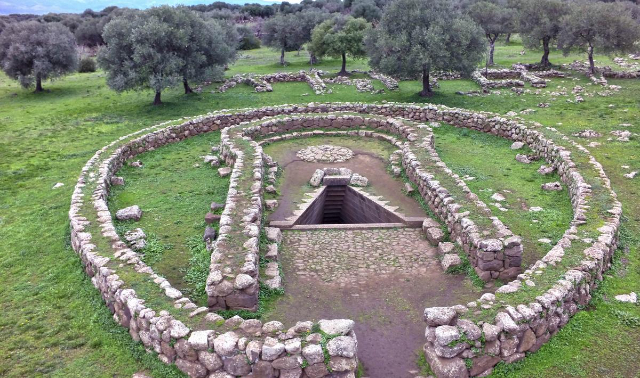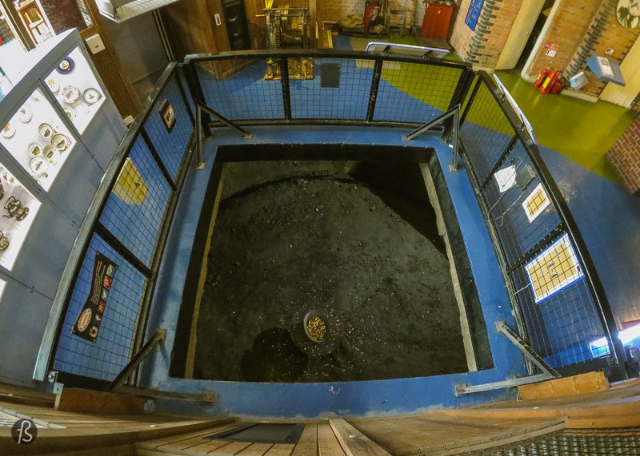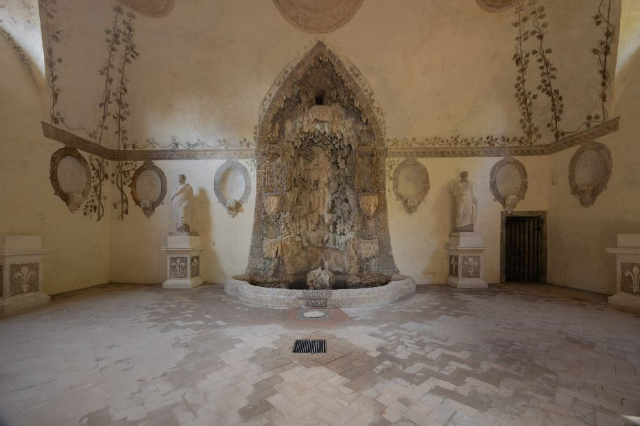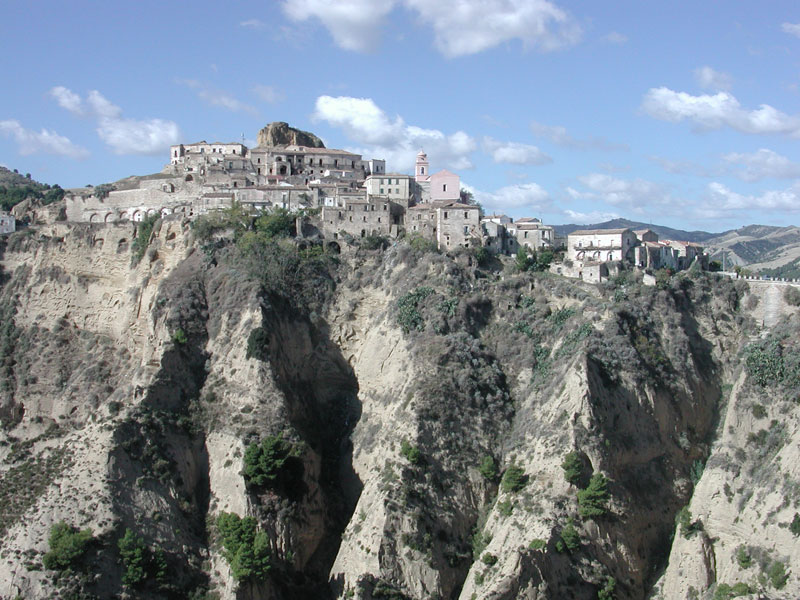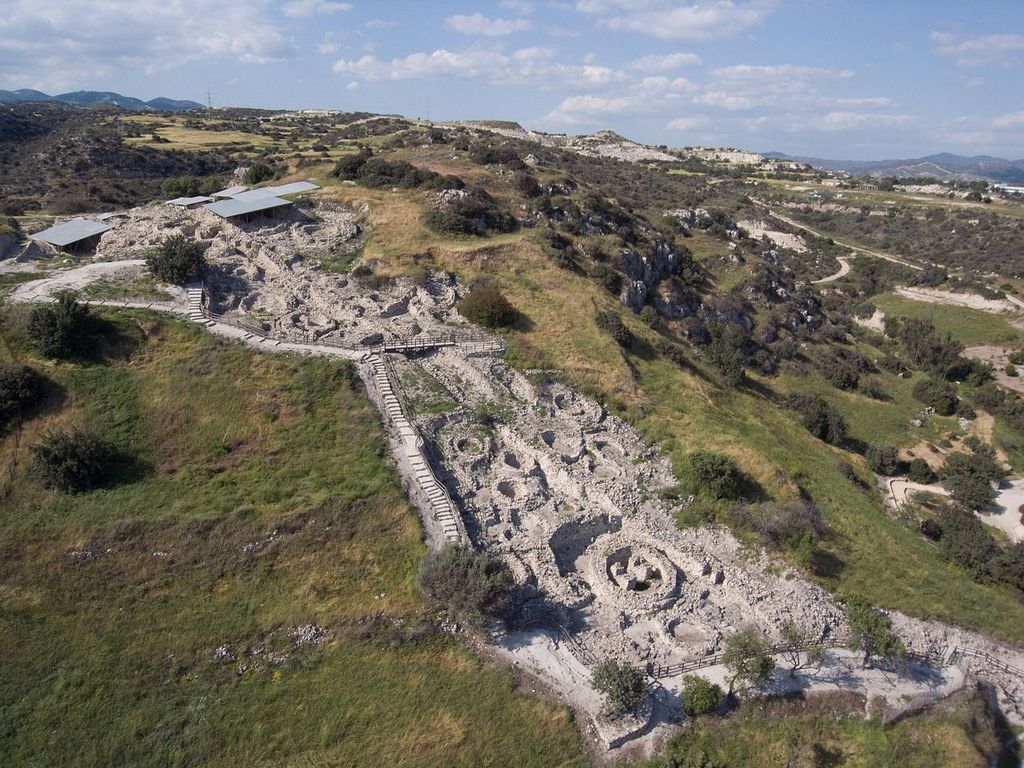The archaeological area of Santa Cristina is a site of great historical and cultural importance located in the region of Sardinia, Italy. This ancient site is famous for its sacred well, called "Sa Conchedda ‘e Nanni," which dates back to the Nuragic period, an ancient prehistoric civilization that thrived on the island of Sardinia between 1800 BC and 238 BC.The sacred well of Santa Cristina is one of the best preserved and best known on the entire island. This impressive structure consists of a circular well about 20 meters deep and surrounded by a series of giant columns, some of which are almost 3 meters high. These columns still have a mysterious role, but it is thought that they were used for ritual or ceremonial purposes. Some theories suggest that the sacred well was a place of worship and religious rites, but its exact functions still remain a subject of study and debate among archaeologists.In addition to the sacred well, the Santa Cristina archaeological area also includes a tomb of the giants, another important burial site dating back to the Bronze Age. This tomb has a corridor-like structure with walls built of stone, and is associated with the cult of the dead in the Nuragic culture.The site is well preserved and offers visitors a unique opportunity to explore Sardinia’s mysterious and fascinating past. In addition to providing valuable information about the island’s ancient inhabitants, the Santa Cristina area also offers spectacular panoramic views of the surrounding countryside, making the visitor experience even more memorable.Scholars continue to conduct archaeological research in this area to unravel further secrets of the Nuragic civilization and to better understand its importance in the historical and cultural context of ancient Sardinia. The preservation and exploration of this archaeological site is of paramount importance in preserving the thousand-year history of this fascinating Mediterranean island.
